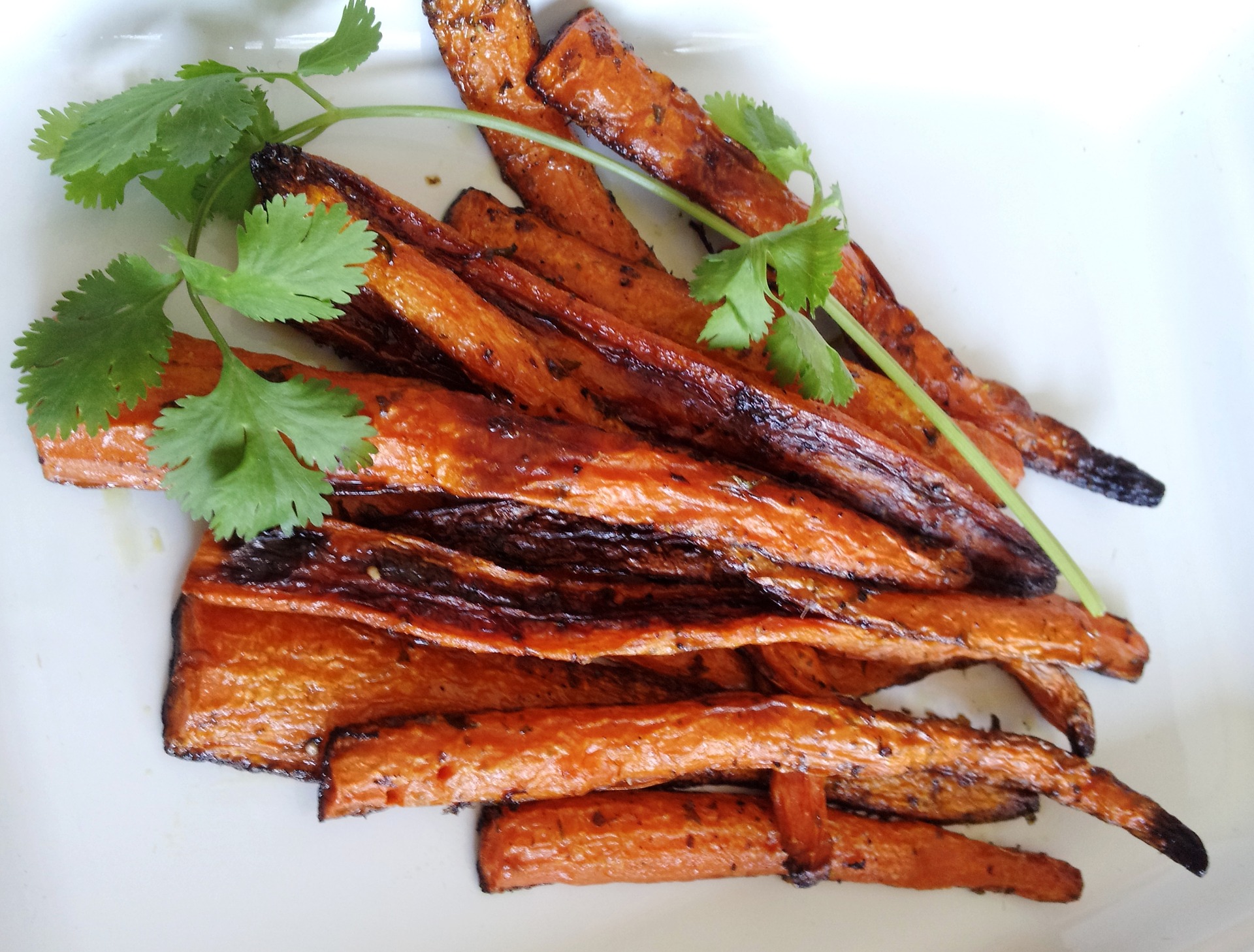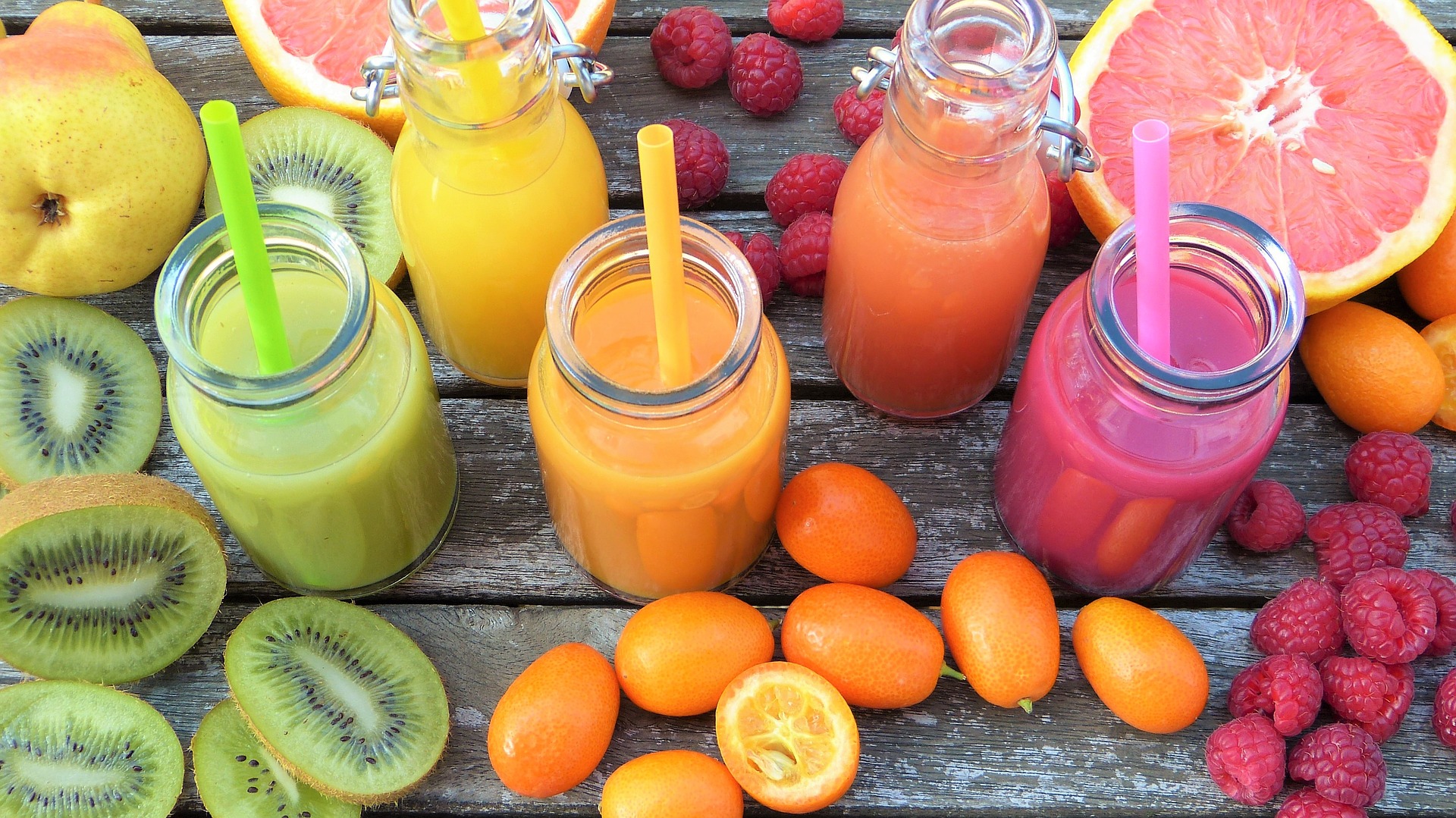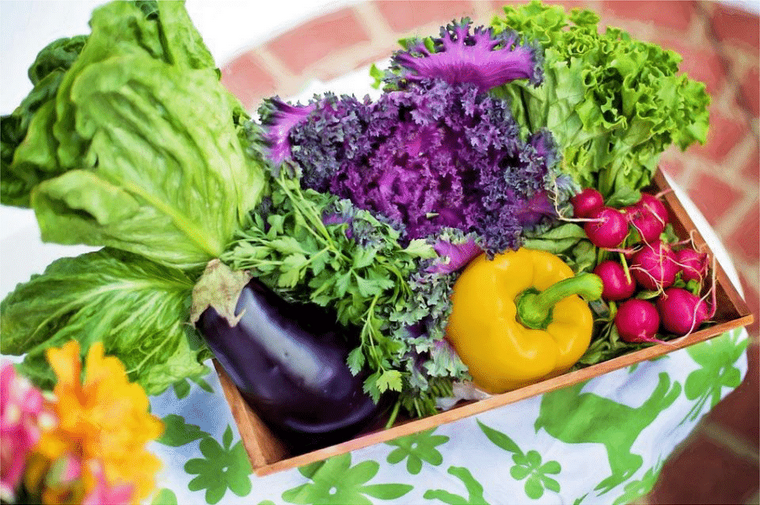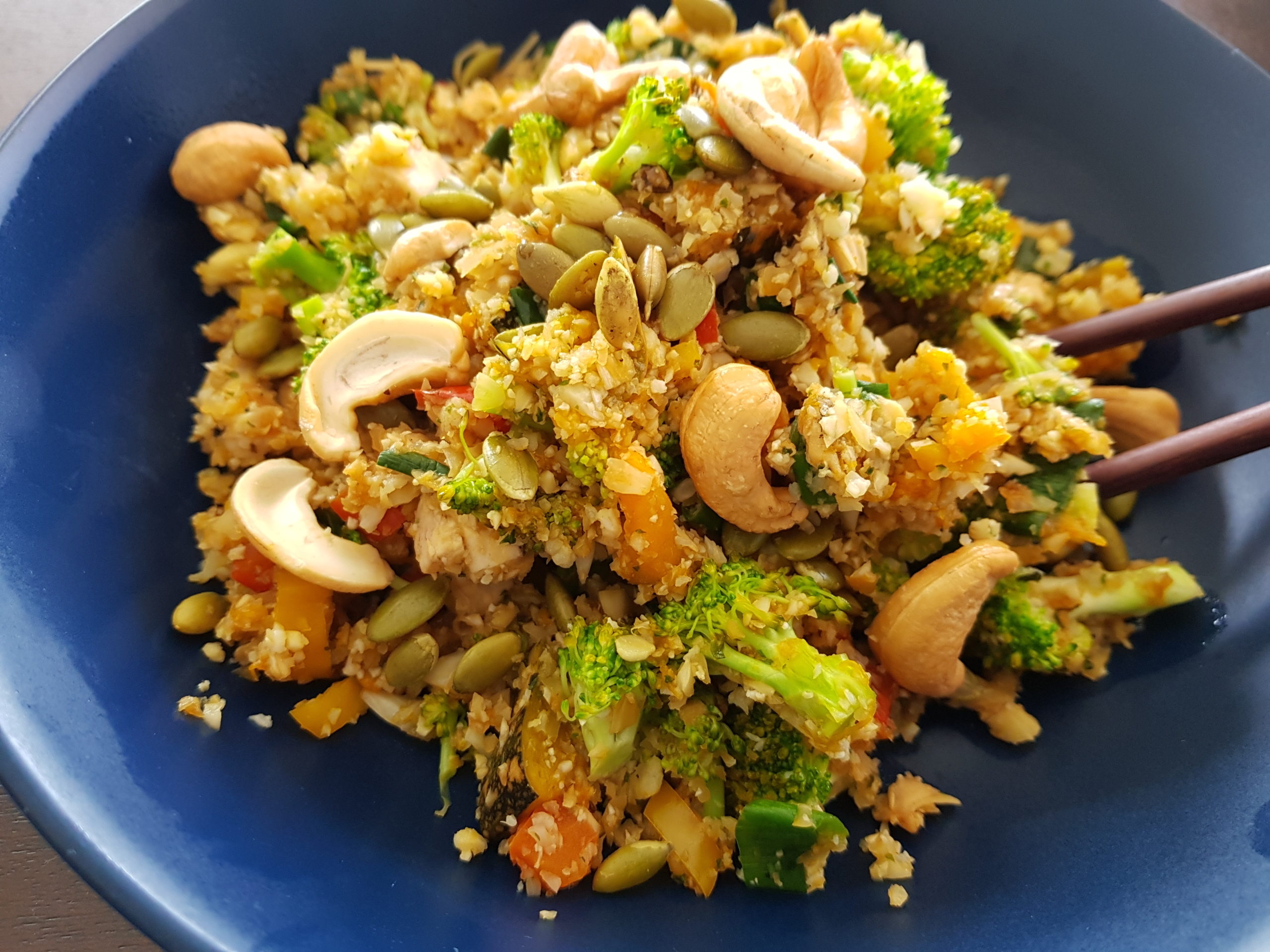Sweet Gold – Sweet Potato
Household favourite, sweet potato is more than just a delicious addition to any meal or sweet treat. The golden root vegetable holds an abundance of phytonutrients. From its skin, deep into its sweet flesh.
It holds the phytochemical antioxidant anthocyanin within its skin, responsible for its ability to reduce oxidative damage and increase the absorption of the all-important vitamin A. Prevention of oxidative damage has been shown to reduce carcinogenic activities, inflammation and fight fatigue.
There has also been research demonstrating great promise in its ability to address alcoholic fatty liver and cholesterol induced atherosclerosis, what a powerhouse!
Sweet potato around the world
In Asian countries such as Japan, sweet potatoes are praised for their benefits in the treatment of diabetes and some cancers. Sweet potatoes have also been used in some countries to encourage weight loss and in support of hormonal replacement therapies, awarding to the vegetables phytoestrogen content.
What have we learnt?
Sweet potato is utilised around the world as a dietary support for:
- Alcoholic fatty liver disease (AFLD)
- Cholesterol and atherosclerosis
- Diabetes management
- Weight loss
- Vitamin A deficiencies
What else is sweet potato good for?
- The bright golden/orange colour of the humble sweet potato gives us clues as to its high antioxidant content, specifically beta-carotene. Antioxidants are essential for the healthy function of almost every system in our body, including the repair of new skin cells for a beautiful, glowing complexion.
- The skins and flesh of sweet potatoes are also fantastic sources of fibre and complex carbohydrates which help to sustain energy, keep us feeling fuller for longer and regulate bowel motions.
- Apart from vitamin A, sweet potatoes are rich in other vitamins and minerals that sustain our energy levels ensure a healthy nervous system.
A versatile gift from nature
Sweet potatoes can be prepared and enjoyed in many ways. Its versatility lends itself to both sweet and savoury meals.
Some examples include:
Sweet potato savoury muffins
Vegetable Lasagne (layer baked sweet potato in place of pasta)
Sweet potato brownies
Sweet potato fish cakes
Vegetable burger patties
Baked sweet potato chips or wedges
Warming sweet potato soups
Stuffed sweet potato
Sweet potato bubble and squeak mini hash browns






 psicum, mushrooms into a wok with 2 tbsp
psicum, mushrooms into a wok with 2 tbsp 